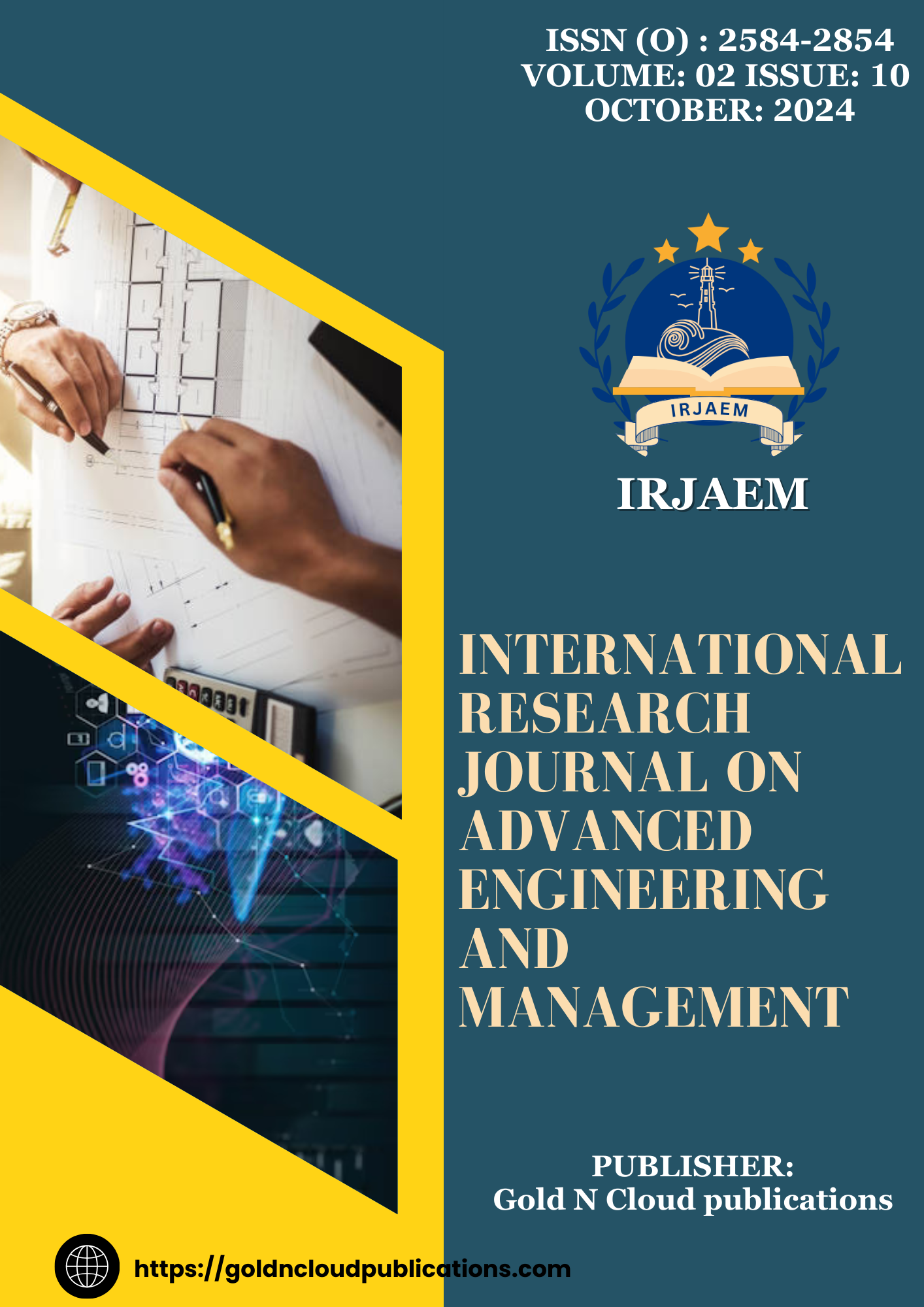Study on AI Generated Fake-Media Detection
DOI:
https://doi.org/10.47392/IRJAEM.2024.0470Keywords:
Machine learning, Deep Ensemble Learning, GANs, DeepfakeStack, DeepfakeAbstract
The rapid growth of AI-generated images, especially with techniques such as Generative Adversarial Networks (GANs), has complicated the ability to tell apart genuine content from artificial creations. This issue is vital for preserving the authenticity of visual media, where conventional detection methods often struggle. Current detection approaches concentrate on machine learning and deep learning techniques, including neural networks (CNNs). These methods aim to reveal subtle flaws and irregularities in images, like inconsistencies in pixel distribution and lighting, which serve as critical signs of AI involvement. The research emphasizes the necessity for ongoing development in detection technologies to keep up with the quick progress of AI advancements. Ensuring that these detection methods are accurate and dependable is crucial for protecting against misinformation and maintaining confidence in digital content. This paper reviewed Deepfake detection system.
Downloads
Downloads
Published
Issue
Section
License
Copyright (c) 2024 International Research Journal on Advanced Engineering and Management (IRJAEM)

This work is licensed under a Creative Commons Attribution-NonCommercial 4.0 International License.


 .
. 